Title: Stephanie’s Ponytail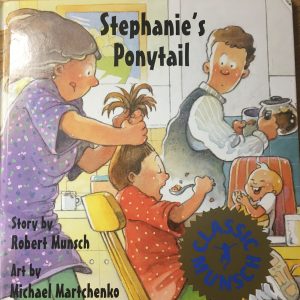
Author: Robert Munsch
Illustrator: Michael Martchenko
Publisher: Annick Press, 1996
Number of Pages: 24 pages
Tags: Fiction, Picture Book, K-5, Stephanie Prentice
Genre: Realistic Fiction
Analysis: Stephanie comes to school with her hair in a pony tail. The next day, her entire class has a pony tail just like her. After trying to have creative hair styles, she realizes her class is going to copy her no matter what. She tells the class she is going to shave her head. When she shows up to class the next day, everyone shaved their heads besides Stephanie.
This book serves as a mirror because it allows students to reflect on how they would feel if they were copied by other students. In the story, we see Stephanie become frustrated because she wanted to be unique. The story also allows children to reflect on the aspects that make them unique. Stephanie is given all the power in deciding how her hair will look and also how the other children in the class will style their hair.
The illustrations in this book are made with bright colors, drawing the reader in. They often mirror the text. In some cases, the images enhance the text by adding humor. This book consists mostly of one page pictures with the text on the opposite side. Robert Munsch portrays Stephanie as very confident by the repetition of the phrase, “it’s my ponytail and I like it.” The illustrator also shows her confidence in the images by her facial expressions and body language. Ideologically, this book has many layers. In the first layer, this book shows how frustrating it is when someone takes your original ideas. Stephanie becomes very frustrated that her classmates copy her original hair styles. Another layer teaches students to value their individuality. When Stephanie’s classmates shave their heads, it shows the negative aspects of being a follower instead of a leader. However, this book may be taken to be negative. Stephanie tricks her classmates into shaving their heads in spite of them copying her. This may teach children tricking people is okay. Also, at the beginning of the book Stephanie’s classmates tease her about her pony tail. I think this book is good to read for children to teach them individuality, however it is important to consider the negative views.

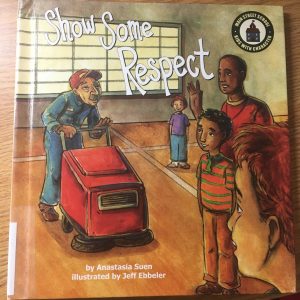 Title: Show Some Respect
Title: Show Some Respect
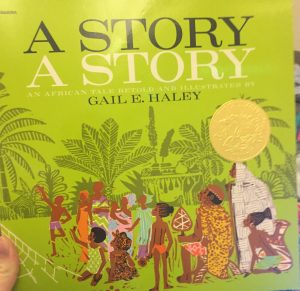 Author(s): Gail E. Haley
Author(s): Gail E. Haley

 Author(s): Eve Bunting
Author(s): Eve Bunting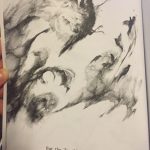
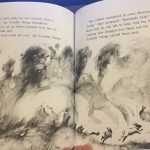
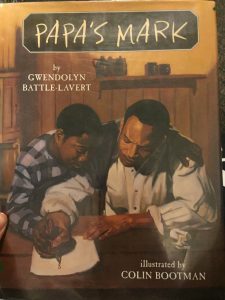 Author(s): Gwendolyn Battle-Lavert
Author(s): Gwendolyn Battle-Lavert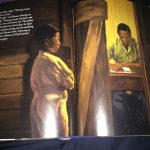
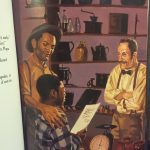
 Title: Stand Tall Molly Lou Melon
Title: Stand Tall Molly Lou Melon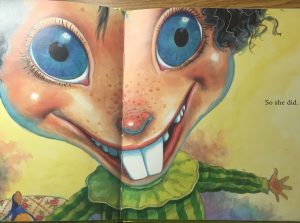 e did” shows the reader that Molly Lou Melon took her grandmother’s advice to heart. The lack of frames in the illustrations allows the reader to connect to Molly Lou Melon on a personal level. Ideologically, this book has many layers. One layer shows that if people stand up to bullies, the bullying stops. Each time Ronald Durkin bullied Molly Lou Melon, she did something that all her other classmates loved. Eventually Ronald Durkin stopped bullying her. The second layer teaches children to love who they are and what they look like. Molly Lou Melon has a lot of self confidence when it comes to doing anything. Molly Lou Melon’s grandmother teaches her that she can accomplish anything if she carries herself with confidence, and that’s just what she does. This book teaches children to value self confidence and individuality.
e did” shows the reader that Molly Lou Melon took her grandmother’s advice to heart. The lack of frames in the illustrations allows the reader to connect to Molly Lou Melon on a personal level. Ideologically, this book has many layers. One layer shows that if people stand up to bullies, the bullying stops. Each time Ronald Durkin bullied Molly Lou Melon, she did something that all her other classmates loved. Eventually Ronald Durkin stopped bullying her. The second layer teaches children to love who they are and what they look like. Molly Lou Melon has a lot of self confidence when it comes to doing anything. Molly Lou Melon’s grandmother teaches her that she can accomplish anything if she carries herself with confidence, and that’s just what she does. This book teaches children to value self confidence and individuality.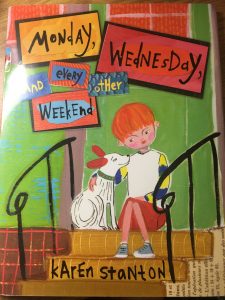 Author: Karen Stanton
Author: Karen Stanton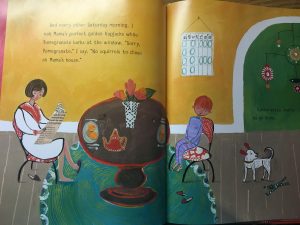 e days that Henry will spend there. The author and illustrator uses Pomegranate to display most of the emotions felt by children during times of divorce within their family. For example, Pomegranate runs away and Henry knows just where to find him. Henry runs to his old house, “the house where we all used to live together,” and finds Pomegranate there. However, she portrays the main character Henry as happy and well adjusted to his new life, but does not underplay the emotions Henry experiences. The author also portrays each parent positively, listing the perks of living in each house. While searching for the dog, the illustrator creates a map that allows the reader to see the town in which Henry lives. The dots on the map show where Henry goes to find his dog. This book handles the feelings surrounding divorce in a positive way. This book can be used by families who are struggling to establish a new way of living after divorce. This book is relatable to a lot of children who experience this shift in family dynamics.
e days that Henry will spend there. The author and illustrator uses Pomegranate to display most of the emotions felt by children during times of divorce within their family. For example, Pomegranate runs away and Henry knows just where to find him. Henry runs to his old house, “the house where we all used to live together,” and finds Pomegranate there. However, she portrays the main character Henry as happy and well adjusted to his new life, but does not underplay the emotions Henry experiences. The author also portrays each parent positively, listing the perks of living in each house. While searching for the dog, the illustrator creates a map that allows the reader to see the town in which Henry lives. The dots on the map show where Henry goes to find his dog. This book handles the feelings surrounding divorce in a positive way. This book can be used by families who are struggling to establish a new way of living after divorce. This book is relatable to a lot of children who experience this shift in family dynamics.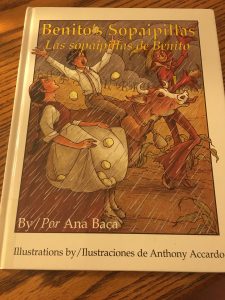
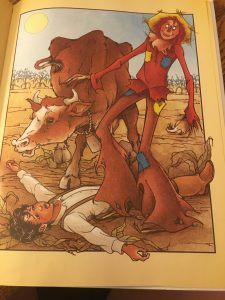
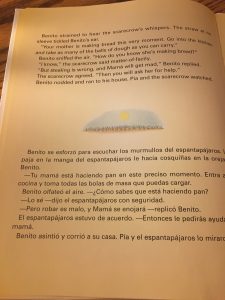
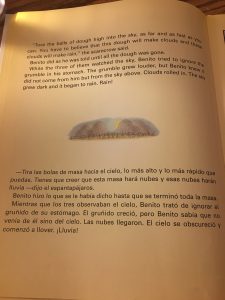

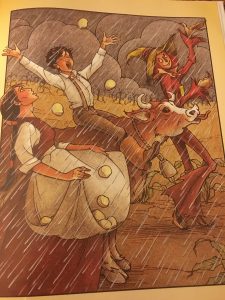
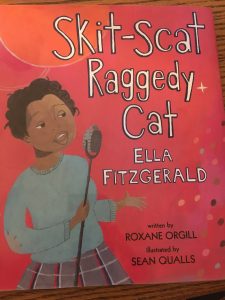
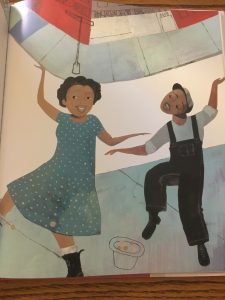
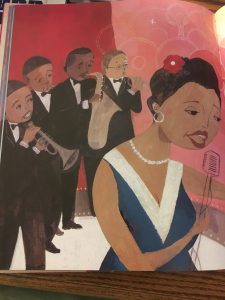
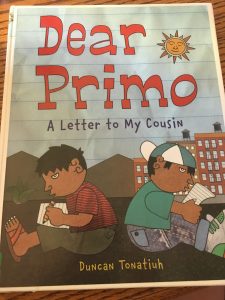
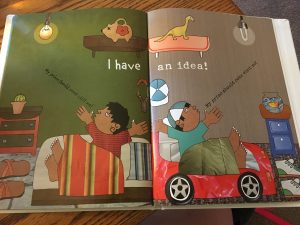 is seen to the right, the boys are both in bed, but the differences of their shoes, lights, beds, shelves, tables and toys all vary based on the culture and country that the boys live in. The images throughout the book add to the words. Often times when Carlitos is writing he will include words in Spanish, so the images help the reader to understand the meaning of those few Spanish words.
is seen to the right, the boys are both in bed, but the differences of their shoes, lights, beds, shelves, tables and toys all vary based on the culture and country that the boys live in. The images throughout the book add to the words. Often times when Carlitos is writing he will include words in Spanish, so the images help the reader to understand the meaning of those few Spanish words.